
Check it out: Four tidbits you might have missed at the 2021 North American Manure Expo
September 14, 2021
By
Bree Rody
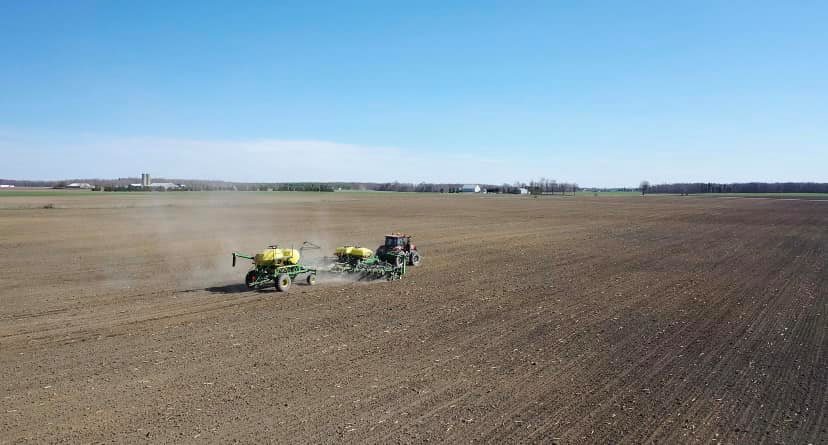
A little over two weeks ago, the 2021 North American Manure Expo (NAME) took place online – it was the first-ever virtual NAME and gave more than 900 registrants a chance to partake in tours, demos, trade show booths, panels and education sessions.
If you want to expand on these quotes and tidbits, you can check out the NAME online portal – registrants can view any of the pieces of content between now and Dec. 31!
On the benefits of a three-bin composting system
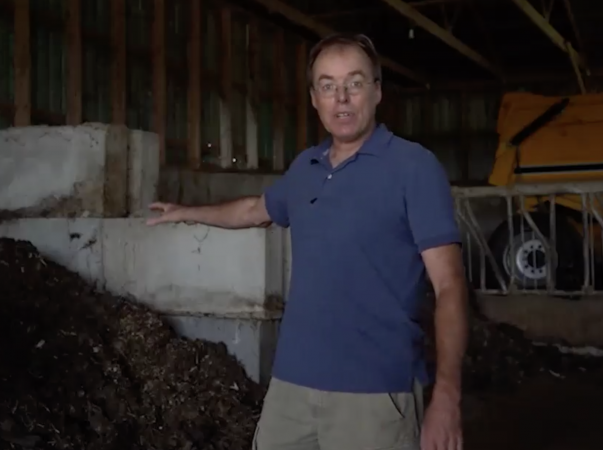
“Prior to this system we were composting outdoors in our manure yard. We struggled to control moisture levels, to get proper composting occurring, we struggled to control wildlife. This system has been really good. It’s a three-bin system. I start each crop of chickens with an empty bin. As I have chicken mortality, I put them in the empty bin, move substrate from one bin to that one and keep moving it over. If that bin fills, I start adding dead mortalities to [the other] bin and move this compost over. Once the cycle is done, then I mix everything over to the far bin that I created on the right. It’s proven to be quite effective. If anything we have a bit of a challenge in that the compost piles don’t have enough moisture in them, but I’m not too worried. By the time the cycle’s done, there’s no sign of the animals left in that compost pile.”
– Bill Deen, poultry farmer
Tour: Solid innovation: Thinking outside the box
On the relationship between nutrient losses and yield
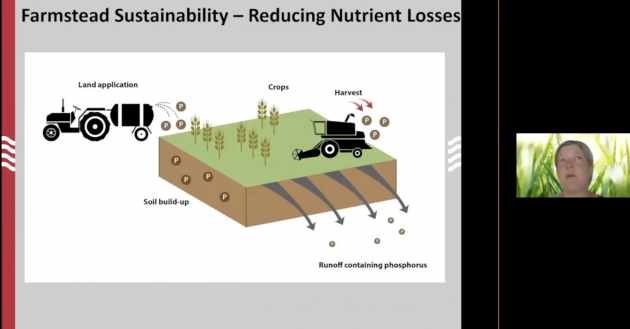
“People are trying to get as many nutrients into the crop as possible. In addition to that, you’re trying to maximize your yield. You’re also trying to minimize losses. When we put too many nutrients out there, we don’t have a real idea of what’s going out into the field. It results in increased losses. Too much nitrogen, we might lose some to groundwater as nitrate, we might lose some to ammonia. If I apply a little bit of phosphorus, a little bit is always going to be lost in the field, which in general the environment can handle. If we put too much phosphorus on the ground, more of it is going to be lost. So not only is improving our ability to be more prescriptive and accurate with our application of our nutrients good for our yields, but it’s also important to reduce losses.”
– Rebecca Larson, University of Wisconsin-Madison
Education session: On-the-go tracking of applied nutrients: Opportunities, challenges, economics
On manure being part of the solution
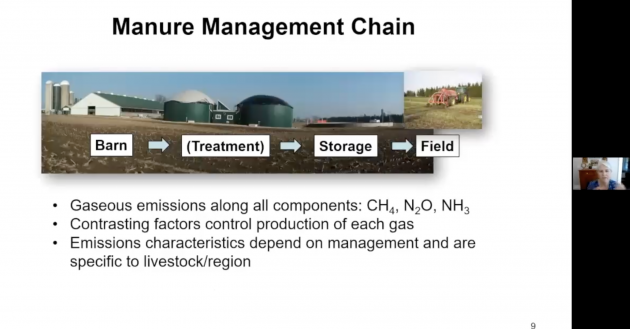
“If we look at mitigation measures along [the] manure chain, we can have things that change the diet, and that’s important for carbon and nitrogen excretion. We can remove ammonia, for example. But then, once the manure leaves the barn, it can be subjected to treatment. So this is what makes it, of all the agricultural admissions, something that can be controlled at the source, so to speak, in terms of greenhouse gas emissions. There are costs associated with these, but there’s hope that with the carbon credit market, some of those costs could be offset, and that’s how agriculture and manure could be part of the solution.”
– Dr. Claudia Wagner-Riddle, University of Guelph
Education session: Managing manure to reduce GHG emissions
On using tech to keep things simple
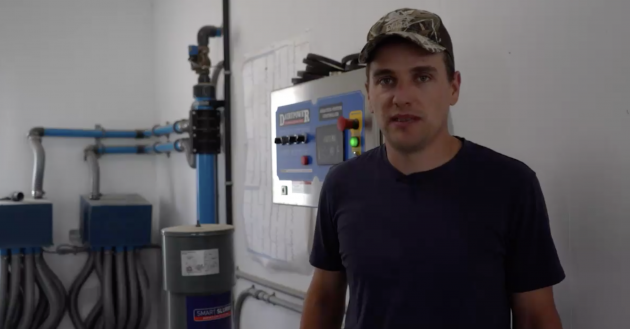
“With the new barn here, our main goal is to be simple and efficient with cow comfort being the top priority. We chose to go with a compost pack knowing it was the optimal comfort environment for the cows, and it would also provide us an easy transition going from a tie stall over to a robot milking system. We have solid manure from the compost pack and the liquid manure under the slats and the feed alley… We decided to install the DairyPower manure aeration system. It made a lot of sense for us with the barn with keeping things simple and efficient… The action of the air bubbling up through the manure stirs everything up and provides oxygen, keeping it an aerobic environment. From an economic standpoint, it made pretty clear sense to us. It increases the value of our manure. There’s no agitation required [and] it improves the air quality in the barn.”
– Simon Signer, Sigview Farms
Tour: Tiny bubbles make me happy